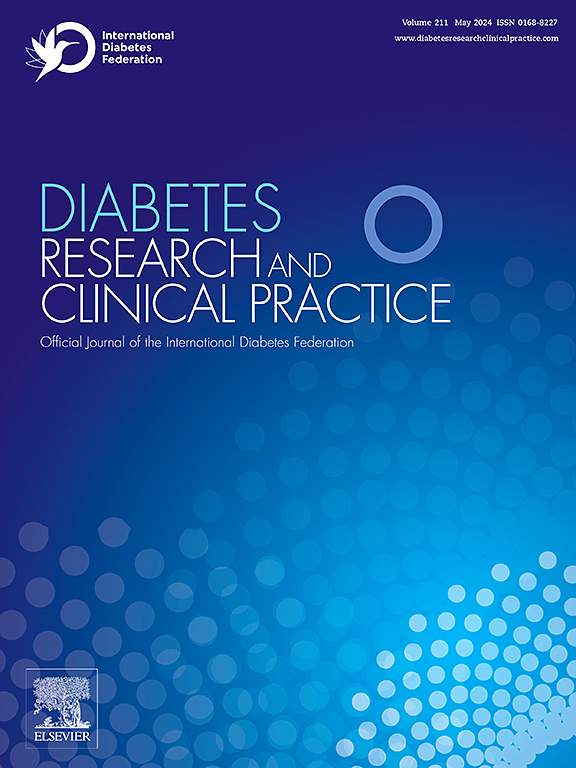National trends in per-capita medical expenditures among U.S. adults with diabetes, 2000–2022
IF 6.1
3区 医学
Q1 ENDOCRINOLOGY & METABOLISM
引用次数: 0
Abstract
Aims
To examine the national trend in per-capita medical expenditures among U.S. adults with diabetes from 2000 to 2022.
Methods
We analyzed data from the Medical Expenditure Panel Survey in U.S. adults aged ≥18 years with self-reported diabetes. We calculated the expenditure in total and by component, including outpatient services, inpatient services, emergency room (ER) visits, prescription drugs, and other medical services. We used joinpoint regression to identify changes in trends.
Results
Estimated total per-capita expenditure increased 66 %, from $9,700 (95 % CI $8,736–$10,663) in 2000 to $16,067 (95 % CI $15,049–$17,086) in 2022. Specifically, spending on prescription drugs, outpatient, ER, and other medical services increased by 144 %, 96 %, 122 %, and 135 %, respectively, while inpatient spending decreased by 28 %. Two significant upward trend periods (2000–2004 and 2011–2018) were identified for total expenditure. Spending trends by component varied, with an accelerated increase in prescription drug spending after 2012; by 2022, prescription drugs accounted for the largest share (39 %) of total expenditures.
Conclusions
The economic burden of diabetes on the national health care system has been increasing, with spending changes varying by medical service category. Interventions to prevent diabetes and its complications may help mitigate this growing economic burden.
求助全文
约1分钟内获得全文
求助全文
来源期刊

Diabetes research and clinical practice
医学-内分泌学与代谢
CiteScore
10.30
自引率
3.90%
发文量
862
审稿时长
32 days
期刊介绍:
Diabetes Research and Clinical Practice is an international journal for health-care providers and clinically oriented researchers that publishes high-quality original research articles and expert reviews in diabetes and related areas. The role of the journal is to provide a venue for dissemination of knowledge and discussion of topics related to diabetes clinical research and patient care. Topics of focus include translational science, genetics, immunology, nutrition, psychosocial research, epidemiology, prevention, socio-economic research, complications, new treatments, technologies and therapy.
 求助内容:
求助内容: 应助结果提醒方式:
应助结果提醒方式:


